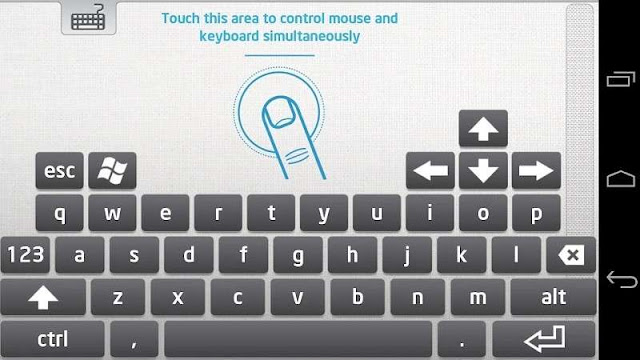Disasters took down United Airlines, the Wall Street Journal website and also halted the New York Stock Exchange - NYSE and it is not the right time to blame hackers. CNNMoney had reached out to several top technologists with all coming up with the same opinion. Established on what is known now, it is very unlikely to be the outcome of a coordinated cyber-attack.
Two unidentified US official informed that there was no sign that the computer problem that affected the NYSE were the ones which grounded the UA flights. According to Reuters, United Airlines informed that an issue with a router was the cause of its outage. He was specifically relating to how a malfunctioning computer network router had left almost 5,000 United Airlines flight all over the world, grounded for over an hour, racking up large costs in fuel, overtime besides other expenses.
He further informed that they are recovering from a network connectivity issue and restoring flight operations. Mr Caldwell, chairman of Caldwell Securities commented that `it’s disruptive though not wildly disruptive’. The halt in trading at 11.30, local time was described as unprecedented in its scale.
Every Failure Could be Different in Nature
The significant is that every failure could be different in nature and hacks usually exploit a single flaw in order to attack a wide variety of entities at the same time. United temporarily had grounded all flights due to a problem in the way its computers coordinated with each other.
NYSE on the other hand suspended trading due to an internal technical issue which involved computers only at the stock exchange. The WSJ.com failed since its computers server was unable to respond quickly enough which could have been overloaded.
All these issues do not seem to be similar. Moreover, tech companies which analyse vast amounts of Web traffic behind the scenes, state that they had not identified a coordinated attack. United flights resumed nationwide after an hour and a source informed CNN that its employee had investigated the computer issue and determined that the company was not attacked and this was not the work of hackers at all. There was no hacking and no evidence of any connection to what was happening at the NYSE.
Automated Software - Complex
NYSE which went back online after four hours also assured the people that hackers were not responsible for the shutdown. NYSE tweeted that the issue they were experiencing was an internal technical problem and was not the result of a cyber-breach. They chose to suspend trading on NYSE in order to avoid problems resulting from technical issue.
WSJ.com was also back by Wednesday afternoon though with a bare bones website together with basic formatting and did not mention the cause of the issue. However some speculate that the shutdown drew a lot of visitors to WSJ.com resulting in overloading the site’s servers. What connects all these failures is that the companies involved are business operations relying extensively on computer systems.
Automated software tends to be complex and at times involves millions of lines of computers code where a single error could misplace text which could result in a halt. Cyber security expert, Joshua Corman commented that an increased dependence on undependable things allow for cascading failures.








